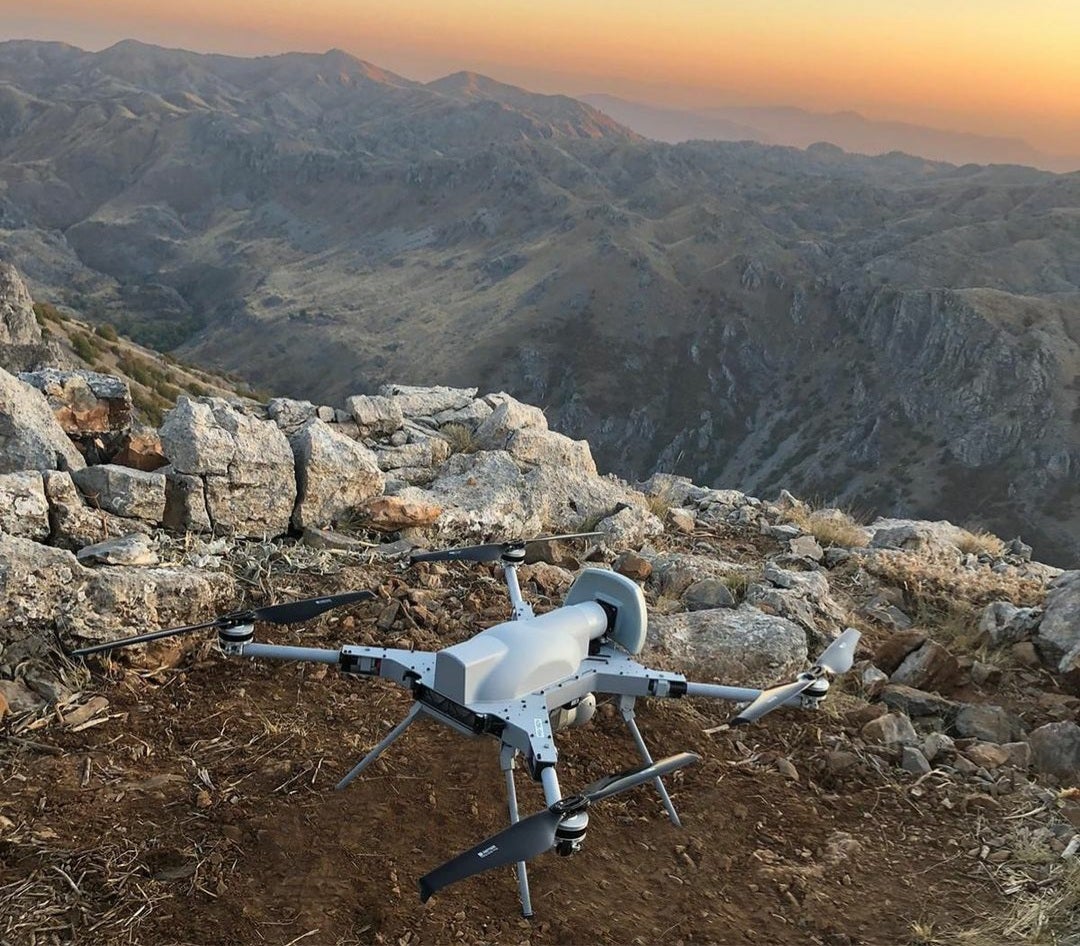
As a result, existing polling data may simply be capturing American opinions about air strikes delivered from any platform, rather than gauging preferences for unmanned air strikes specifically. public views UAVs in comparison to other weapons available. public perceives the use of these weapons, or how the U.S. For example, a Pew Research Center survey question of February 10, 2013, asked respondents: “Do you approve or disapprove of the United States conducting missile strikes from pilotless aircraft called drones to target extremists in countries such as Pakistan, Yemen and Somalia?” The CBS News Poll of February 6, 2013, asked: “Do you favor or oppose the United States using unmanned aircraft or drones to carry out bombing attacks against suspected terrorists in foreign countries?” In neither case do these binary formulations help in understanding how the U.S. Second, they rarely, if ever, explore why the public holds this preference. There are two reasons for this.įirst, the formulation of questions in current surveys fails to compare the use of drones to other options available to decision makers. public preferences for unmanned air strikes, how strong these preferences are, and in what situations the American public would prefer unmanned over manned air strikes. public support for drones? Despite the large number of opinion polls available – there is very little known about the reasoning behind U.S. adults approved of the use of drones to carry out missile strikes against extremists in Pakistan, Yemen, and Somalia: a 2 percent increase from the same Pew poll of February 2013. military’s use of drones to carry out attacks overseas on targets deemed a “threat to the United States.” 3 And in May 2015, a Pew public opinion poll reported that 58 percent of U.S. 2 In the same month, 75 percent of respondents to a Fairleigh Dickinson University PublicMind poll approved of the U.S. government’s decision to launch drone strikes against terrorists overseas.

A February 2013 Gallup poll, for example, reported that 65 percent of Americans agreed with the U.S. 1 This increased use of drones has received support from senior decision makers, and has also been met with high approval ratings from the U.S. government has authorized approximately 574 drone strikes in Yemen, Somalia, and Pakistan, and since January 2015, at least 404 additional drone strikes in Afghanistan. Since the Bureau of Investigative Journalism began tracking U.S.

Over the past fifteen years, the United States has increasingly used drones, or unmanned aerial vehicles (UAVs), as tools of foreign policy.


 0 kommentar(er)
0 kommentar(er)
